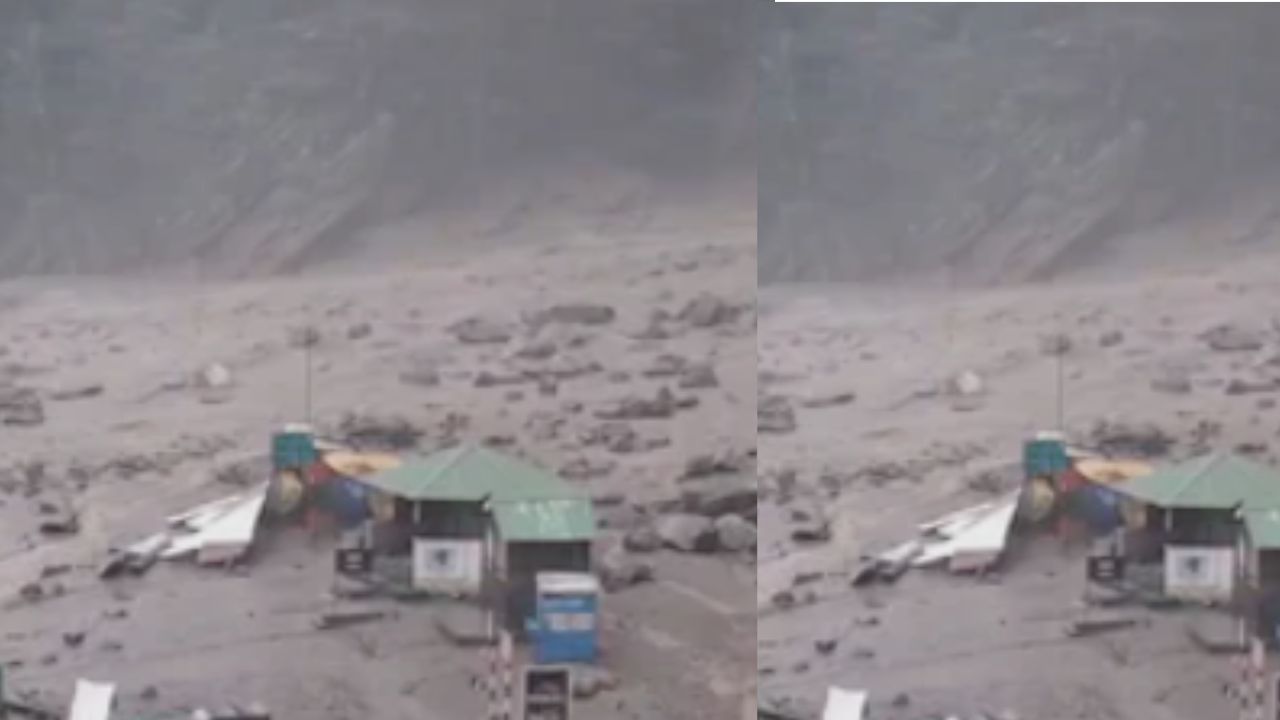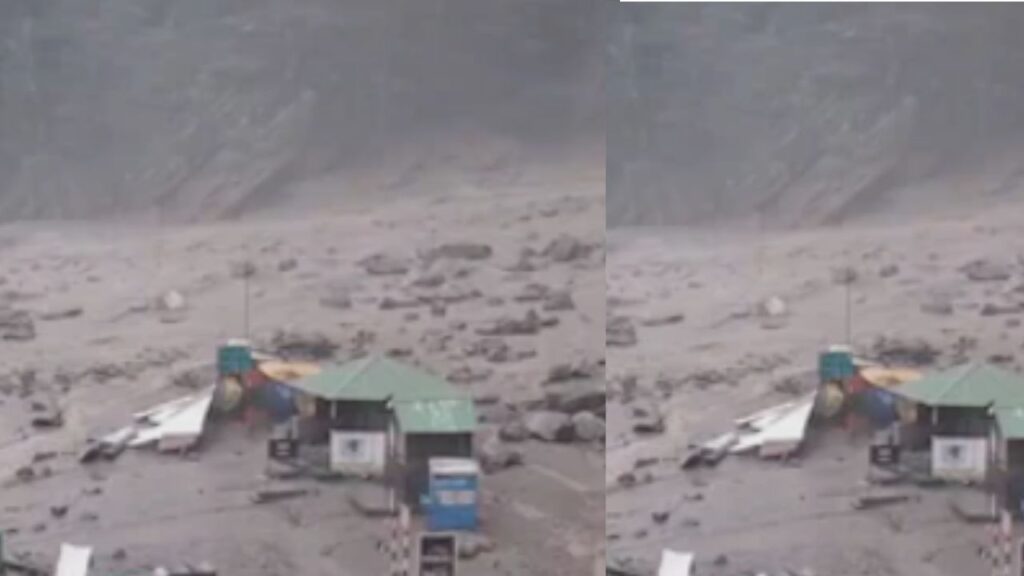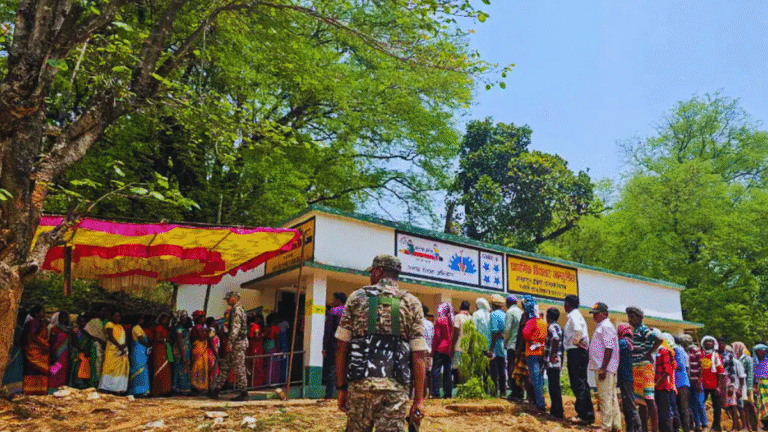
In yet another alarming instance of nature’s fury, a cloudburst struck Harshil—a strategically significant town in Uttarakhand’s Uttarkashi district—causing significant damage to an Indian Army camp and surrounding areas. The incident has triggered massive rescue and relief operations in the high-altitude region near the India-China border.
What Happened in Harshil?
According to official reports, the cloudburst occurred late Monday night, unleashing torrential rain and triggering flash floods around the Harshil area, which lies on the route to Gangotri. The sudden downpour led to the overflowing of the Jalandhari River, which inundated low-lying regions, including parts of the army installation.
Eyewitnesses reported a terrifying roar as the water surged down the hills, carrying debris, uprooted trees, and boulders. Parts of the army camp—including temporary shelters, vehicles, and communication systems—were reportedly damaged.
Indian Army Personnel Safe, But Infrastructure Damaged
Fortunately, no loss of life among army personnel has been reported. Swift action by the soldiers stationed there ensured that everyone was moved to safer ground in time. However, significant logistical and infrastructure damage has occurred, especially to equipment stored in the open and roadways leading to the camp.
The Indian Army has since shifted its critical operations and regrouped in safer zones while working with the local administration and disaster relief teams to assist in wider rescue efforts.
Civilians and Villages Also Affected
Several nearby villages, including Bagori and Jhala, were impacted by the flash floods. Houses, farms, and cattle were swept away, leaving villagers in distress. Communication lines in some pockets have also gone down, adding to the challenge for first responders.
Relief teams have been dispatched with food, clean water, and medical supplies. Temporary shelters have been established at safer elevations to accommodate affected families.

Strategic Importance of Harshil
Harshil is not just a quaint Himalayan town; it is a key military and logistic point near the Line of Actual Control (LAC) with China. It also serves as a staging ground for the movement of troops and equipment toward forward posts in the Gangotri sector. Any natural disruption in this zone can have both tactical and humanitarian implications.
Rescue Operations in Full Swing
The Uttarakhand Disaster Response Force (SDRF), NDRF, and Indian Army have launched joint operations to clear blocked routes, restore communication, and assess structural damages. Air surveillance has also been deployed to identify isolated areas needing urgent help.
Helplines have been activated, and the state government has placed district officials on high alert, especially since more rain is forecast in the coming days.
What Is a Cloudburst?
A cloudburst is an extreme, localized downpour that releases massive amounts of rainfall—often over 100 mm in under an hour. In mountainous regions like Harshil, cloudbursts can quickly trigger landslides and floods, as there’s little vegetation or flat terrain to absorb the water.
Experts say the climate crisis is playing a significant role in the rising frequency and intensity of such events across Himalayan regions.
Government and Army Monitoring the Situation Closely
Uttarakhand Chief Minister Pushkar Singh Dhami said that the government is working in close coordination with the Indian Army and emergency teams to ensure the safety of both civilians and security forces. He added that infrastructure restoration will be prioritized as soon as the weather allows.
Precautionary Measures Advised
The India Meteorological Department (IMD) has issued alerts for heavy to very heavy rainfall in several hill districts over the next 48 hours. Tourists and pilgrims have been advised to avoid unnecessary travel to Gangotri and other high-risk areas.
A Wake-Up Call for Climate Preparedness
The Harshil cloudburst incident underscores the urgent need for climate-resilient planning and rapid disaster response systems, particularly in fragile and strategic terrains like the Himalayas. While the quick action of the Indian Army prevented a major tragedy, the event has left behind a stark reminder of the vulnerabilities that both our security infrastructure and local communities face amid increasingly unpredictable weather patterns.






